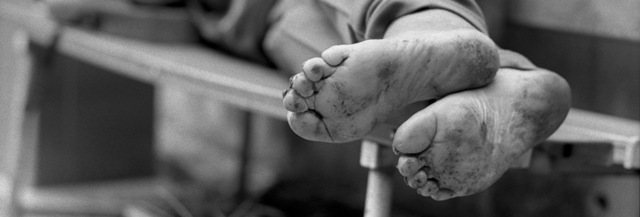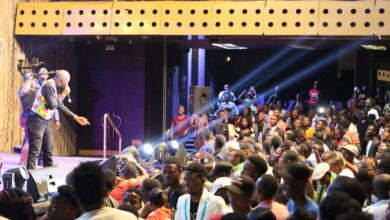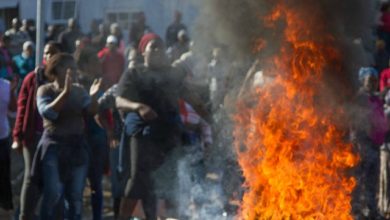HOMELESS: The cry of Joburg by Wernich van Staden

The phenomenon of street homelessness in inner-city Johannesburg has its own historical perspective of squatting and homeless people. It also contains the characteristics of Johannesburg due to the lack of planning responses and involvement of authorities
.
Homelessness is a worldwide phenomenon where the homeless can be estimated to be anything around 100 million to 1 billion people or more depending on how homelessness is defined. The estimate of 100 million includes those who have no shelter at all, while the estimate of one billion includes those in temporary or insecure accommodation like squatting camps.
On the historical perspective of homelessness can it be seen that the problem of squatting and homelessness dates back to the apartheid period and, until recently, squatting on the Witwatersrand always took form of the shacks in the formal township stands. Since the mid 1980’s, however, this pattern has been broken by the rapid growth of free standing shack settlements next to townships, in peri-urban areas and even city centers.
The residential history of Johannesburg has never been free of racial considerations, with the very earliest allocations of land making provision for separate locations for Africans. More importantly, blacks were prevented by the gold law of 1885 from owning or residing on land that had been claimed for mining. The large shortage and ensuing overcrowding of black suburbs has been a recurrent theme in Johannesburg, as has been the periodic resettlement of black people.
In 1979 the Riekert Commission pronounced that Africans were crucial contributors to the white urban economy. It recommended changes in influx control and an end to job reservations. This also suggested that the state should foster rather than repress the African middle-class. In line with recognition of African permanence in South African cities, home ownership was encouraged. In practice, despite group area restrictions, black people had been penetrating Johannesburg since the mid 1970’s, slowly transforming into what, by 1990, was most probably the most racially integrated city in South Africa.
The problem in the new South Africa’s inner cities had always been reflected in the countries demography. For example: by 1994 40 per cent of the population was under 15 years old. The fact that blacks, coloureds, few whites and many immigrants both legal and illegal now occupy the city of Johannesburg shows that the abolition of legislated racial zoning and economic forces have led to the repopulation of the inner city and a movement to the suburbs.
Over the past decade, the inner city has become a cosmopolitan area where urban residents of all races live and work. About 65, 000 people reside in the inner-city of Johannesburg and are accommodated in about 28, 000 residential units. That puts an average of 2.3-2.6 people per unit!
There is also the gradual encroachment of the inner-city by the homeless who, because of the lack of affordable housing, overcrowding, social and racial tension, and economic factors, among others, have resorted to sleeping on the streets and in any available open space, thus constituting a threat to the substantial commercial and economic activities in the inner-city.
That leaves the fact that due to the increase in population and crime, many businesses move to the more quiet suburbs.
A summary of where homeless people abode:
• Park Station. Estimated amount of homeless people: 2,283
• Drill Hall. Estimated amount of homeless people: 670
• Fitas. Estimated amount of homeless people: 121
• Joubert Park. Estimated amount of homeless people: 387
• Red Cross Building. Estimated amount of homeless people: 798
• Westgate Area. Estimated amount of homeless people: 98
The solution of this problem is a costly and also long term initiative that needs to focus on fundamental structural changes in society. There are about 7 million people living in shacks and street homes consisting of cardboard boxes, pieces of plastic and old pieces of blankets. If you feel woe for these people then guide them to the nearest soup kitchen, if you want to really help them try protesting for a better management of funds in our current economy.




